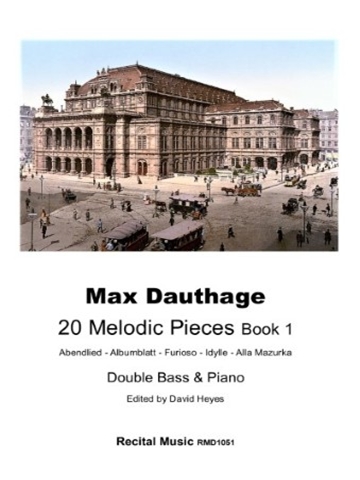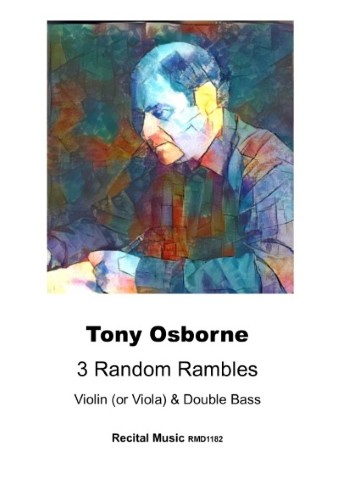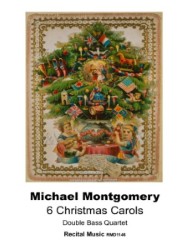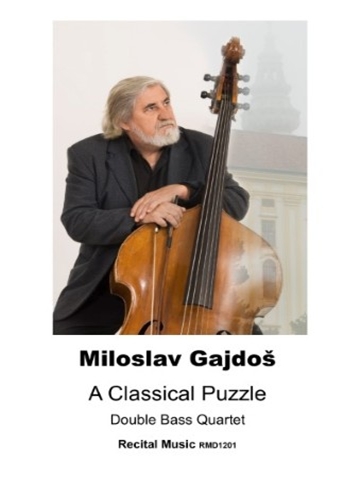Your basket is currently empty!
Sicilienne Op.11
Solo & Orchestral Tuning

Description
Sicilienne Op. 11 is a lively and entertaining work written in the form of a theme and variations and was composed in 1855 and dedicated to ‘son …ami HIPPOLYTE BROCHANT de VILLIERS’. It would be an ideal introduction to playing easy harmonics and low thumb position for the intermediate bassist, ending with a ‘Bottesini-like’ arpeggio-inspired firework flourish in the finale. The style is traditional and tonal, with a lively, colourful and supportive accompaniment, and Sicilienne has been popular with adventurous students who want to venture into the ‘easy’ virtuoso repertoire. It successfully combines lyrical melodies with passages of a more technical and virtuosic nature, demonstrating the many possibilities and great potential of the double bass as a solo instrument. The edition includes piano accompaniments for both solo and orchestra tunings. Achille Gouffé’s Sicilienne, Op. 11 is a captivating piece for double bass and piano, embodying the lyrical and dance-like qualities of the Sicilienne form. Composed during the Romantic era, this work showcases Gouffé’s deep understanding of the double bass’s expressive capabilities, blending technical prowess with melodic beauty. Historical Context: Achille Gouffé (1804–1874) was a French double bassist and composer, known for his contributions to the repertoire of the instrument. His Sicilienne, Op. 11 was published around 1855, during a period when the double bass was gaining recognition as a solo instrument. The piece was dedicated to his friend Hippolyte Brochant de Villiers1, reflecting a personal connection that may have influenced its lyrical and expressive nature. Musical Characteristics of the composition: The Sicilienne is written in G minor, a key often associated with melancholy and introspection. The piece follows the traditional Sicilienne rhythm—a slow 6/8 or 12/8 meter—which gives it a gentle, lilting feel. Gouffé incorporates variations throughout the composition, allowing the performer to explore different expressive nuances. The piano accompaniment provides harmonic support while allowing the double bass to shine melodically. The interplay between the two instruments creates a rich texture, highlighting the double bass’s ability to sing in its upper register while maintaining depth in its lower tones. Technical Aspects For double bassists, Sicilienne, Op. 11 presents both lyrical and technical challenges. The piece requires smooth bowing techniques to maintain the flowing, dance-like quality, expressive phrasing to bring out the melancholic yet elegant character, shifts between registers, showcasing the instrument’s range, ornamentation and variations, demanding precision and musicality. Performance and Interpretation: Interpreting Sicilienne, Op. 11 involves balancing its dance-like rhythm with its expressive depth. Performers often emphasize the legato phrasing to enhance its lyrical quality while maintaining the rhythmic pulse characteristic of a Sicilienne. The pianist’s role is equally crucial, providing a supportive yet dynamic backdrop. Gouffé’s Sicilienne remains a valuable piece in the double bass repertoire, offering musicians an opportunity to explore Romantic-era phrasing and expressiveness. It stands alongside works by composers like Giovanni Bottesini, who further expanded the solo capabilities of the double bass.
R.R.P £8.00
Our Price £6.40
Shipping Costs: No shipping




